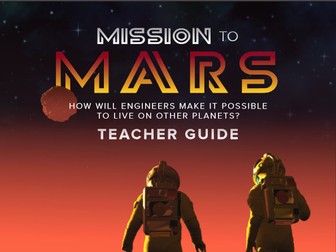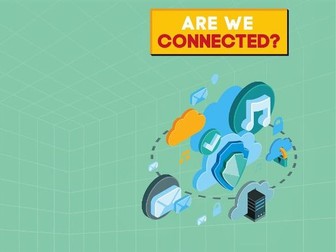Athlete or Machine
This resource has been developed with support from BAE Systems, who engineered the sled used by Olympic gold medallist Amy Williams, and is intended to be a truly inclusive STEM resource. It has been designed to be used by teachers of design & technology, mathematics and science to show students how these STEM subjects are central to the study and practice of engineering. It is also hoped that it will encourage STEM teachers to work together to create a STEM learning experience for their students.

